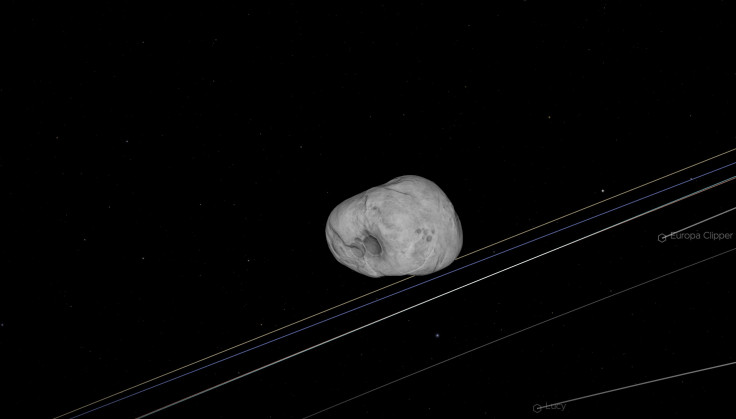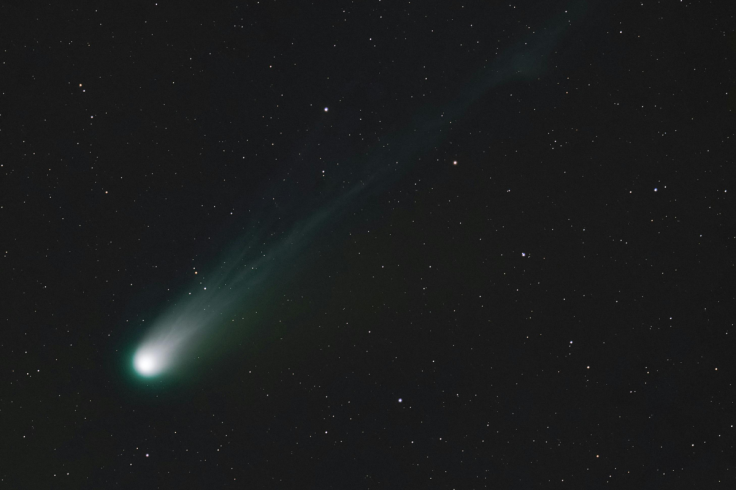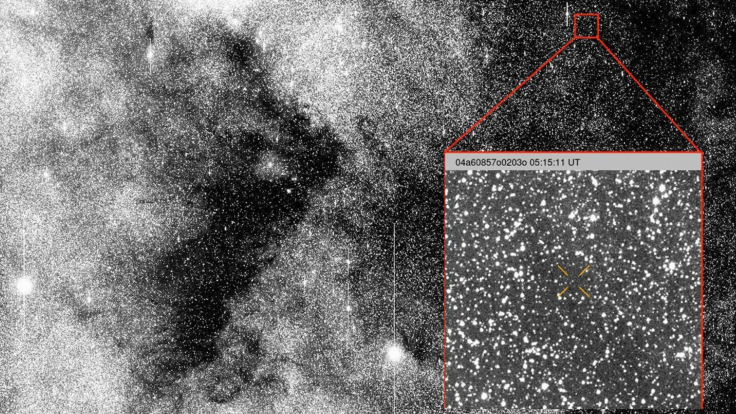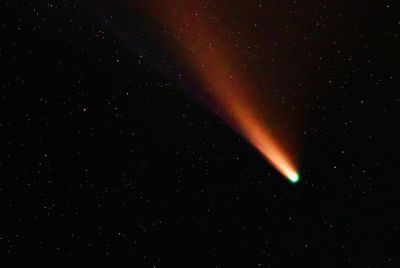3i/Atlas Vessel Footage Intensifies Alien Theories - Are Scientists Buying It?
No recognised observatory has authenticated the videos.

The strange case of 3I/ATLAS, the interstellar object now moving through our solar system, has taken a wild turn. Footage circulating on social media claims to show what users describe as a 'large vessel' linked to the comet-like body, with some even alleging that NASA quietly activated its Planetary Defence Network in response.
The video, reportedly released by a Japanese group, has sparked an avalanche of alien theories online. However, there's a catch: no independent verification of the footage exists. Neither NASA nor the International Asteroid Warning Network (IAWN) has confirmed anything beyond a standard scientific observation campaign.
As speculation grows, respected scientists like Harvard astrophysicist Avi Loeb are again at the centre of the storm, weighing in on what might be one of the most intriguing cosmic visitors ever recorded.
The Object That Defies Expectations
Discovered in July 2025 by the ATLAS survey telescope in Hawaii, 3I/ATLAS is only the third confirmed object to have entered our solar system from interstellar space. Recent images captured by the Nordic Optical Telescope in Spain's Canary Islands show its anti-solar tail, a jet of material pointing towards the Sun instead of away, has suddenly reversed direction.

This shift, observed in September, was unexpected. Loeb noted in his latest research paper
that such behaviour could, in theory, represent 'controlled manoeuvring.' He wrote, 'If the object is an alien spacecraft slowing down, and the anti-tail is braking thrust, then this change would be entirely expected near perihelion.'
The comet will reach its closest point to the Sun around 29 October 2025, at about 1.36 astronomical units, roughly 200 million kilometres. Observers say it's currently being bombarded by about 33 gigawatts of solar radiation, enough to strip material from its surface and alter its visible tail.
Alien Craft or Unusual Comet?
Loeb's comments have reignited memories of 'Oumuamua, the first known interstellar visitor detected in 2017, which he also controversially described as a possible 'alien probe.'
In this case, Loeb and colleague Adam Hibberd propose that 3I/ATLAS could be performing a deliberate deceleration, possibly to settle into a stable orbit between Mars and Jupiter. That idea, while speculative, has been amplified by online communities eager for evidence of extraterrestrial technology.

Yet most astronomers disagree. According to reports, the consensus among researchers is that the object's odd features, such as the reversed tail and unusual chemical emissions, including nickel tetracarbonyl, can still be explained naturally. 'The data so far support a cometary origin,' the International Asteroid Warning Network said in a recent update.
NASA also confirmed that 3I/ATLAS poses no threat to Earth, stressing that the monitoring campaign is 'precautionary and scientific, not defensive.'
Social Media Claims Add Fuel to the Fire
Despite reassurances, the alleged 'leaked footage' has supercharged public fascination. Accounts like @RealTruthDoctor and @EzeemmaCraic have circulated grainy clips claiming to show a structured, metallic vessel accompanying the object.
The Japanese have leaked actual footage of 3i Atlas.... That's definitely a large vessel! pic.twitter.com/EP877y900s
— Truth Doctor (@RealTruthDoctor) October 22, 2025
No recognised observatory has authenticated the videos. Still, hashtags such as #3IATLAS, #AlienVessel, and #NASAcoverup have trended for days.
Avi Loeb himself has neither confirmed nor endorsed the footage but maintains that open scientific inquiry should welcome unconventional ideas, provided they're tested by data.
Upcoming observations in December 2025, when 3I/ATLAS will pass about 270 million kilometres from Earth, may finally clarify whether the object's strange motion is physics or something else entirely.
© Copyright IBTimes 2025. All rights reserved.





















